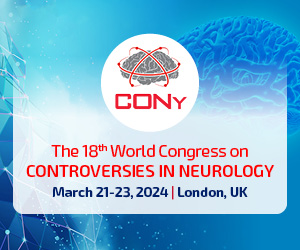What is new in the management of the acute ischaemic stroke?
 Affiliation and address for correspondence
Affiliation and address for correspondenceStroke is a ma jor challenge for medicine in the 21st century. Despite modern diagnostics and even revolutionary methods of treatment, stroke is still the main cause of permanent disability and the second cause of death worldwide. Recent clinical trials have led to a breakthrough in the treatment of stroke. On their basis, many scientific societies updated the guidelines for the management of stroke. We present the most important changes in prehospital care, emergency evaluation, in-hospital non-specific treatment and specific treatment with intravenous thrombolysis and endovascular therapies. The paper is based on the recent recommendations of American Heart Association/American Stroke Association; Canadian Stroke Consortium and the Canadian Association of Emergency Physicians; European Stroke Organisation and Polish Neurological Society. Problems related to the pre- and in-hospital management of patients with acute ischaemic stroke, with a particular emphasis on the dilemma on whether to bypass a primary stroke centre to transport the patient to a comprehensive stroke centre offering endovascular thrombectomy, and the problem of reducing door-to-needle time for intravenous thrombolysis are discussed. The recommendations for the treatment of arterial hypertension and hyperglycaemia in acute ischaemic stroke and the problem of extended time window for intravenous thrombolysis and endovascular thrombectomy are also discussed.








